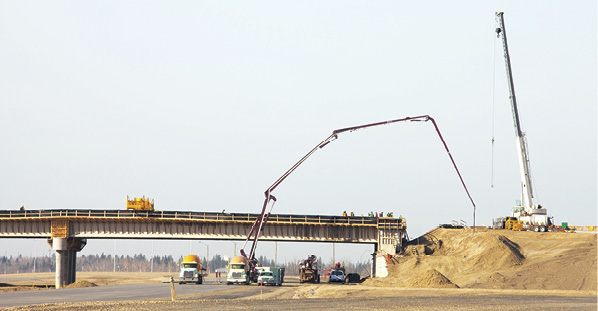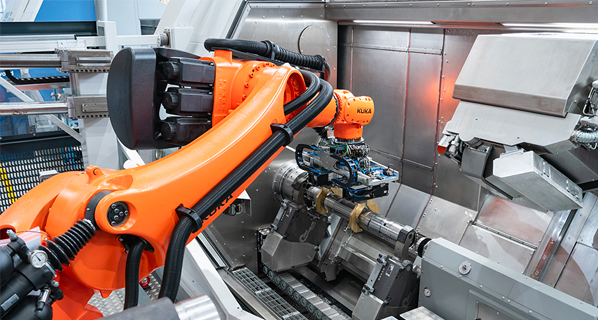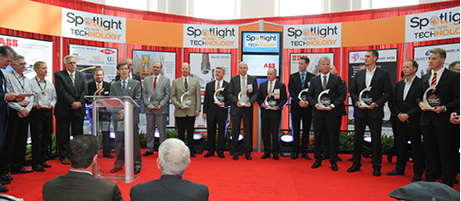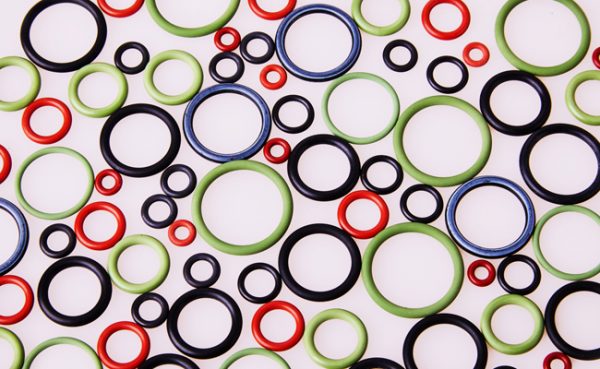Compressor Room Ventilation
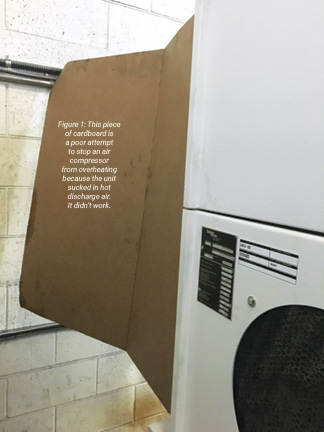 By Ron Marshall, Marshall Compressed Air Consulting
By Ron Marshall, Marshall Compressed Air Consulting
Heat is definitely an enemy of air compressors and dryers, especially air-cooled units, which are the most common type used in small industrial environments or shops. Overheating reduces lubrication life, prematurely ages parts, ruins motors, and reduces the reliability and quality of the compressed air supply. The higher the cooling air temperature, the higher the compressor discharge temperature. The higher the discharge temperature, the more water vapor is contained in the air, which can overwhelm air dryers and causing contamination in downstream tools and equipment, or perhaps the final product itself.
Over the years, there have been many examples of poor ventilation encountered by service technicians and compressor service providers alike.
The following are some warning signs of overheating problems:
- When entering the compressor room, it is difficult to get the door open due to negative pressure.
- You are hit by a wall of heat when passing through the door.
- You look at the compressor and it has no ventilation ductwork installed on it to remove the heat from the room.
- The fresh air intake ducting is small, with a fractional horsepower fan the size of a dinner plate.
- The cooling air filters are clogged with dust and fluff, or there is none at all.
- The hot air discharged by the compressor is blowing on the air dryer, storage receiver, or worse, the compressor intake.
- You see the compressor temperature gauges at maximum range or over.
- You touch the compressed air discharge of the compressor and it feels burning hot.
- The air dryer is showing over dew point alarms.
- All manner of condensate drains are blasting non-stop to attempt to remove moisture that is forming on the dry side of the air dryer.
- The air compressor alarm panel shows multiple over-temperature shut downs.
Do any of these descriptions describe your compressor room?
If so, it is important to know that well-ventilated compressor rooms:
- are located in the coolest location in the plant (but not freezing)
- have a good supply of clean, dry, and filtered ambient air, supplied by a well-designed and electronically controlled ventilation system
- have ducting connected directly on the exhaust output of the compressors to remove the heat
- have cross ventilation to remove radiant heat, and insulation on hot air ducts
- are designed to protect air dryers and other components like a wet receiver from hot conditions
- use booster fans if ventilation air flows are under the specification of the air compressors
- have ambient temperatures that never exceed 95ºF (35ºC)
- if excessive heat occurs, then secondary cooling of the compressed air is installed to protect the air dryer from overload
- have the air dryer sized for excess temperature to protect the dew point
- have efficient airless drains located at all points of water contamination, such as compressor after-cooler separators, wet receivers, filters, and refrigerant air dryers
Taking care to correctly ventilate your air compressors and dryers can save you trouble during hot summer days. And don’t forget, if you heat your plant in winter, compressor heat recovery can save you thousands in seasonal fuel costs.



